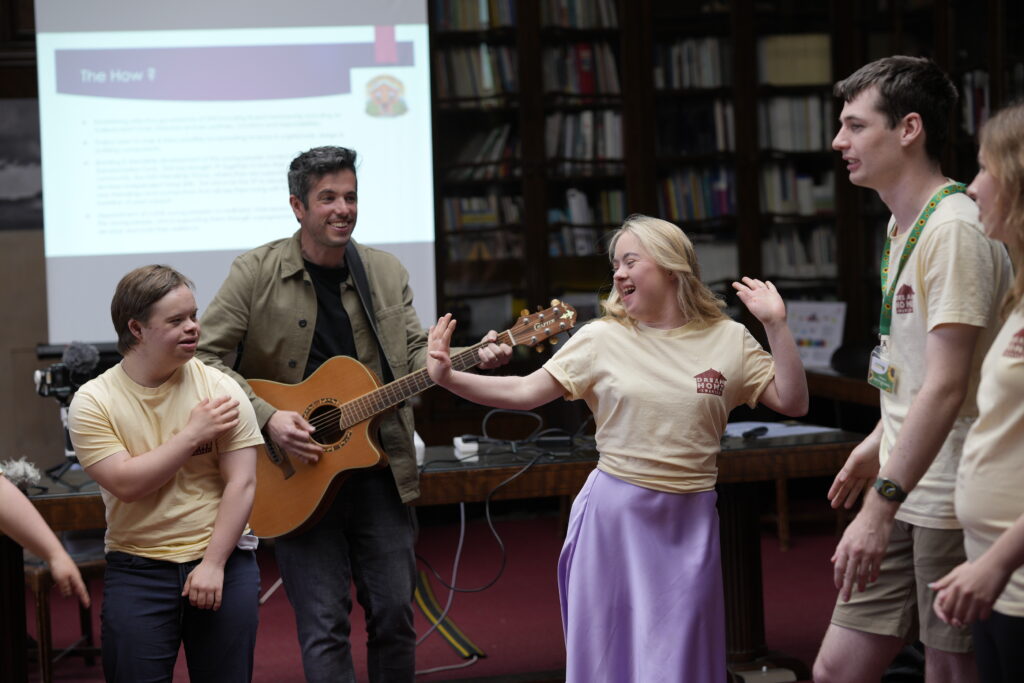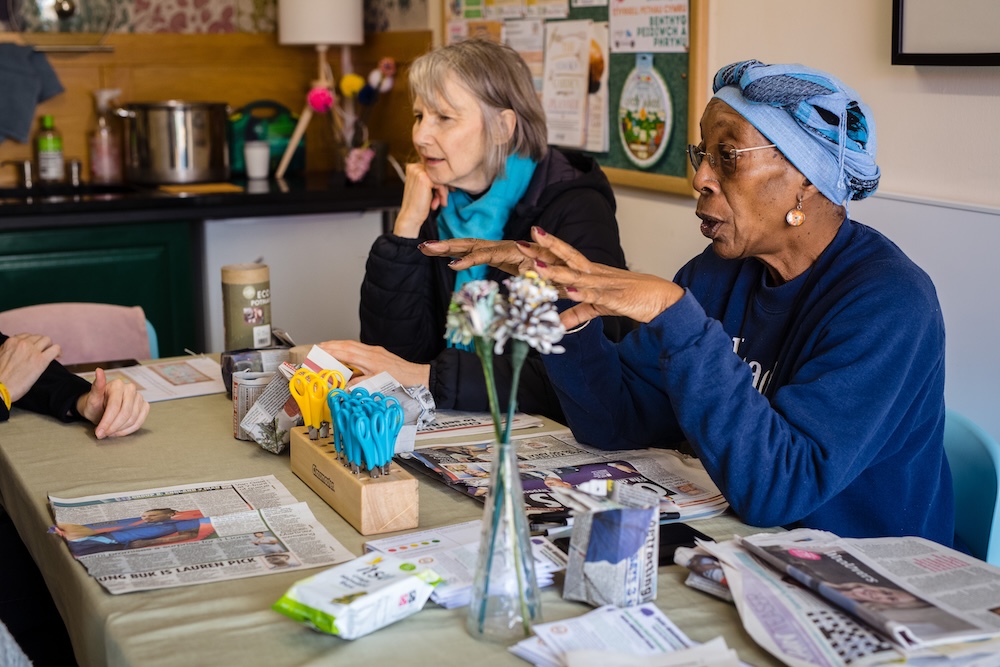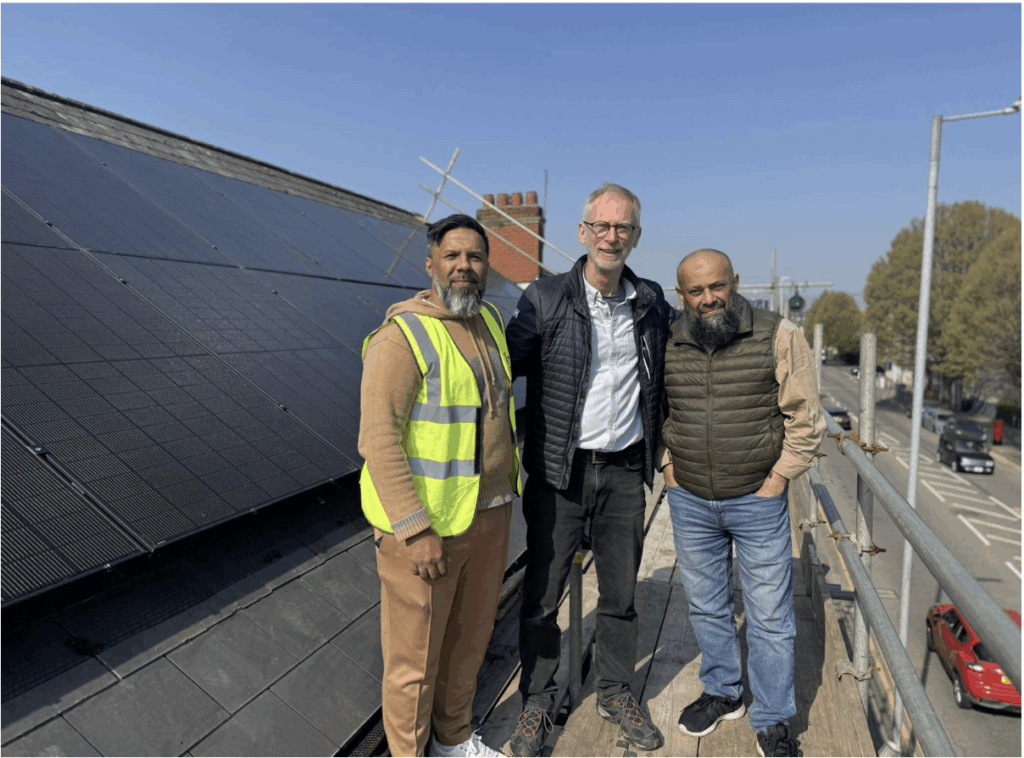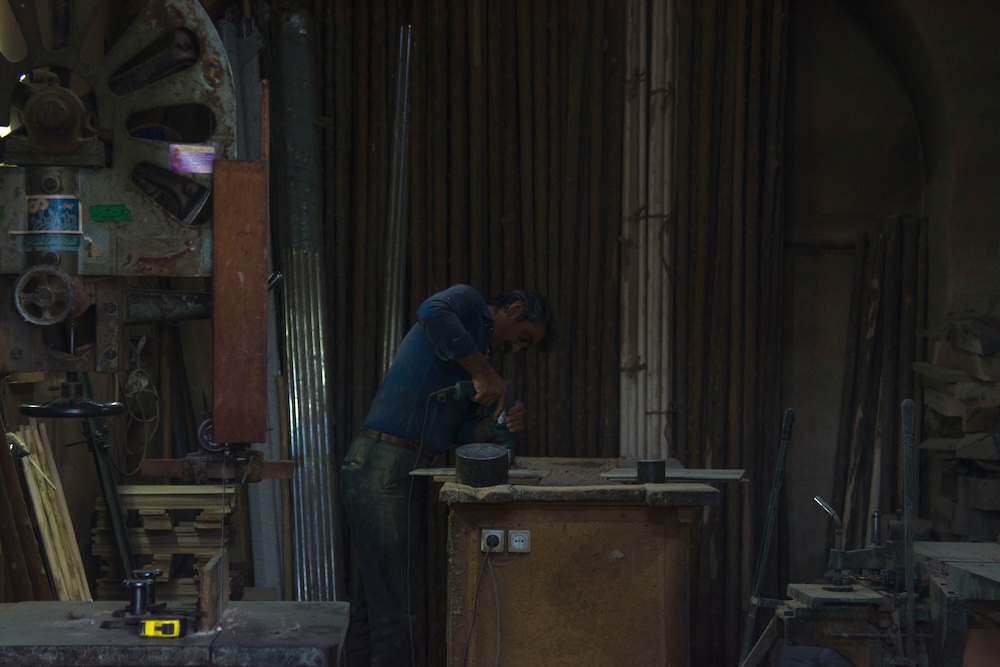Cwmpas held its Communities Creating Homes conference at the beginning of May. The event, held at the Temple of Peace, Cardiff, celebrated the progress made so far with community-led housing in Wales and also discussed future challenges and opportunities.
Wales’ housing crisis
Published in April 2025, Shelter Cymru’s report Waiting for a home highlighted the current crisis in the Welsh housing sector. There are more than 94,000 households in Wales waiting for a social home. This equates to 1 in every 14 households in the country, or 170,000 people. At the current delivery rate, the report estimates that it would take over 35 years to provide every person waiting with the home they need. Each person will have their own circumstances; some will be homeless, while others may be struggling to afford rising rents. Others may be living in hidden homelessness, having not notified their local council that they are sofa surfing with friends or family while they wait for an offer of a permanent social home.
For many in Wales, homeownership has become an impossible dream. Even those that can find accommodation to rent still face challenges. Data from the Welsh Government shows that the risk of being in relative income poverty was 31% for those that rented their accommodation privately, 46% who rented from the social sector, and 13% for owner occupiers. Tenants in the private sector face worse quality of homes (at least for low-income families), and rental accommodations are also more likely to have poor energy efficiency, be insecure, or be damp. A recent report published by NHS Wales outlined how renters had been hit particularly hard by the cost-of-living crisis; renters were unable to afford the high energy bills and therefore were more likely to live in cold and damp homes.
At the current delivery rate, the report estimates that it would take over 35 years to provide every person waiting with the home they need.
Part of the solution to this problem is Community Led Housing (CLH), which meets the needs of the local community rather than being built for commercial purposes.
Communities Creating Homes Conference
The first Welsh national conference on CLH was held at the beginning of May. The conference, held at the Temple of Peace in Cardiff, explored the innovative models of CLH and how they deliver high-quality and affordable homes, policy and funding challenges and opportunities, and real-life case studies showcasing successful projects.
At the event, the conference organiser, Cwmpas, launched its recommendations for community-led housing in Wales. These five recommendations to support the growth of this vital sector are:
- Stimulate growth and address market failure by establishing a revolving loan fund for CLH
- Ensure national and local planning policies support the development of CLH
- Encourage community ownership of land and assets in perpetuity
- Commit to six-year funding for the national CLH Enabling Hub programme to grow the sector
- Develop a national housing strategy that includes CLH as a key part of the housing system
These recommendations are based on what Cwmpas has learned while supporting this sector and what needs to happen so that CLH truly thrives across Wales. There are currently three barriers facing CLH: access to land, planning, and finance. The challenge to overcome these is much greater when considering that most community members have other responsibilities, such as caring for others or working full-time, while also trying to develop their own CLH project.
Syniadau uchelgeisiol, awdurdodol a mentrus.
Ymunwch â ni i gyfrannu at wneud Cymru gwell.
Local solutions to local problems
The keynote speech, given by Jayne Bryant MS, began by acknowledging the contribution Cwmpas has made: “Community-led housing initiatives would not have made the progress they have without the invaluable support of Cwmpas.” The Cabinet Secretary for Housing and Local Government recognised that what makes CLH different is how such projects give communities the power to control their own destiny. This is particularly true for Welsh-speaking communities who often see Airbnbs and holiday homes determining who gets to live in the area. The Welsh Government already recognises the challenge facing Welsh-speaking communities and in 2022 published its Welsh Language Communities Housing Plan. This plan aims to support Welsh-speaking communities, especially those impacted by numerous second homes, through combined housing, economic, community development, and language initiatives. Empowering communities to create localised solutions, this plan aims to maintain the Welsh language as a vibrant part of daily life in these areas. Jayne Bryant MS advocated for expanded home construction under CLH initiatives to create local solutions to local problems.
There are currently three barriers facing CLH: access to land, planning, and finance. The challenge to overcome these is much greater when considering that most community members have other responsibilities, such as caring for others or working full-time, while also trying to develop their own CLH project.
Dafydd Iwan, the legendary Welsh singer, whose song Yma o Hyd has become Welsh football fans unofficial anthem, also made a contribution to the conference. By leveraging his architectural background, Dafydd co-founded Cymdeithas Tai Gwynedd (Gwynedd Housing Association) in 1971 and has since supported many housing projects in north-west Wales. His message to the delegates was clear: the current capitalist system decides who gets a house and where; CLH allows communities to decide this. Community-owned pubs are a proven successful model (the oldest community pub in Europe – Tafarn Y Fic (Llithfaen, Gwynedd) was founded in Wales – and needs to be applied elsewhere in the economy. The capital system isn’t going to provide a solution to the challenges communities face and local solutions are becoming more important.
Case studies galore!
A broad range of CLH groups attended the conference, representing communities from across the whole of Wales with different motivations and challenges. For example, Geraint Williams from the Nefyn Town Trust (Llyn Peninsula, Gwynedd) discussed the work they have been doing in providing high-quality homes to rent at affordable rates for local people. The Trust, established 133 years ago, has developed a reputation as a socially conscious, responsive and reliable community landlord of 26 homes. With financial support from the Welsh Government’s Land and Buildings Development Fund (LBDF), the Trust is in the process of developing four new affordable homes. Another that has benefited from the LBDF is Gŵyr Community Land Trust (Gower, Swansea). They are launching plans for Wales’ first CLH zero-carbon affordable scheme. Fourteen sustainable homes will be built using an innovative self-build model, laid out as a traditional village to promote social interaction and neighbourliness. Delegates at the conference were visibly moved by the story of Dream Home Swansea. This innovative CLH project is co-designed by young people with learning disabilities and their parents and carers. Once completed, these houses will facilitate a smooth transition from living at home to living independently, empowering these young people to have greater choice and control over where and how they live.
Gofod i drafod, dadlau, ac ymchwilio.
Cefnogwch brif felin drafod annibynnol Cymru.
Change is possible
The current housing system isn’t working. Our homes are fundamental to our health and wellbeing, and when these are supported, we are able to thrive in our workplace, which in turn strengthens our society and economy. To create a better, more just society where all can prosper, access to affordable, adequate housing is essential. There are several answers to the current housing problems, and CLH is one part of the solution.
All articles published on the welsh agenda are subject to IWA’s disclaimer. If you want to support our work tackling Wales’ key challenges, consider becoming a member.





